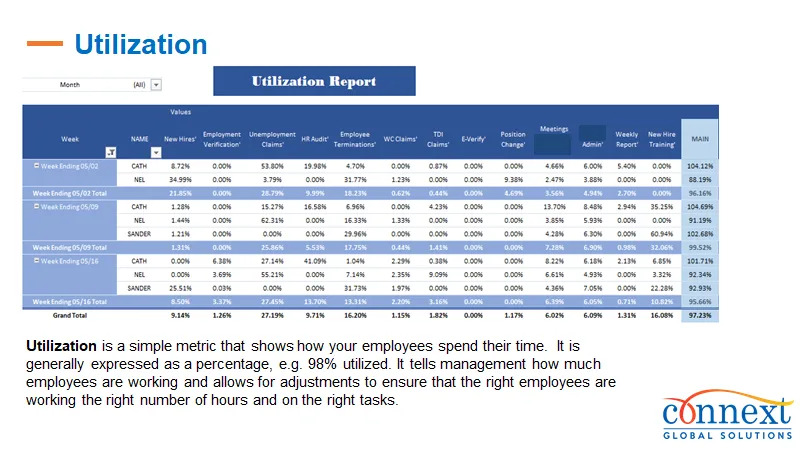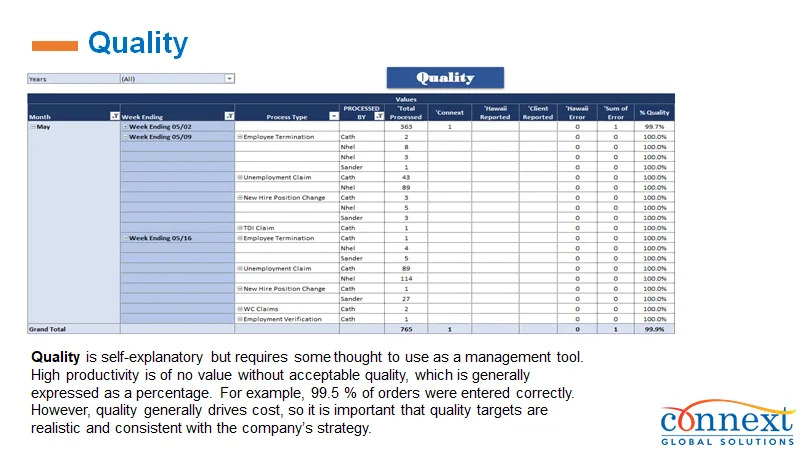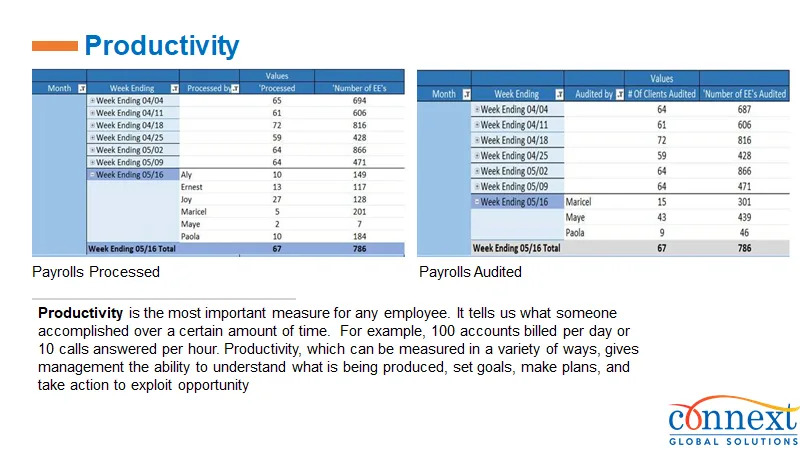In today’s dynamic business environment, precise cost estimating has become more critical than ever. It serves as the foundation for effective project budgeting, ensuring that resources are allocated efficiently and projects are completed within scope and on time, and within budget. From project managers to stakeholders, understanding the actual costs involved across the project life cycle is essential for project success.
The Budgeting Process
First, let’s look at the budgeting process. Project budgeting is a structured, multi-step process that lays the financial groundwork for successful execution. At its core, it depends on reliable cost estimating. Here are the key steps:
Project Definition
Define the scope, deliverables, and timeline. A clear definition supports precise project cost estimating.
Project Cost Estimating
Use historical data, benchmarks, and expert judgment to forecast financial needs—including labor, materials, equipment, and services.
Resource Planning
Allocate personnel and assets efficiently, guided by your estimates—an especially critical step during a hiring freeze.
Budgeting
To ensure accurate budgets, consolidate all estimates into a comprehensive project budget, which acts as your financial blueprint.
Monitoring and Control
Track spending against your budget. Address variances through real-time project cost management adjustments to stay on schedule and within budget.
Why Accurate Cost Estimating Matters
Accurate cost estimates are essential for:
- Resource Allocation: Ensuring that sufficient resources are available for each project phase of the entire project.
- Risk Mitigation: Identifying potential indirect costs and financial risks early in the project lifecycle.
- Stakeholder Confidence: Providing transparency and building trust with stakeholders and project teams.
Accurate project cost estimates contribute to better cost control and smoother execution across all phases of a construction project or infrastructure build.
The Impact of Inaccurate Estimates
Inaccurate project estimates can lead to:
- Budget Overruns: Exceeding the allocated project budget due to unforeseen construction costs.
- Project Delays: Postponements caused by resource shortages or unexpected costs.
- Reduced Profitability: Diminished returns stemming from inefficient resource utilization and poor cost control practices.
According to the Chartered Institute of Building (CIOB), 77% of industry professionals feel clients often lack sufficient knowledge about procurement in construction. This knowledge gap frequently leads to poor decision-making, causing projects to exceed budgets, miss deadlines, or fall short of quality standards.
Additionally, 93% of respondents have experienced projects with cost overruns, and over half (57%) believe the procurement method chosen was a direct factor in these budget issues. Similarly, 94% have dealt with projects that ran past their scheduled timelines, with nearly half (49%) attributing delays to procurement choices.
These challenges highlight the importance of expert support in project cost management and procurement strategy. Partnering with Connext offers a reliable solution—especially during hiring freezes—by providing access to skilled independent contractors who bring specialized procurement and estimating expertise without adding to headcount. This flexibility helps organizations avoid costly mistakes, stick to the project schedule, keep complex projects on track, and maintain high standards even amid staffing constraints.
The Impact of Cost Estimating on Financial Planning
Accurate cost estimating is essential for strong financial planning and effective project budgeting. Whether managing in-house teams or relying on outsourcing estimating services or independent contractors, reliable estimates offer key advantages:
- Smarter resource allocation: Clear cost insights help deploy the right people and tools at the right time—critical during a hiring freeze—to avoid delays and inefficiencies.
- Lower financial risk: Good estimates allow you to spot potential overruns early, enabling proactive project cost management through mitigation strategies and contingency plans.
- Greater transparency: Solid budgets based on dependable estimates keep stakeholders informed and aligned, building trust and improving communication.
- Faster decisions: Reliable estimates support timely, confident choices—whether adjusting scope, reallocating resources, or responding to changing priorities.
In short, strong cost estimating supports better planning, stronger execution, and higher project success—especially when backed by scalable outsourcing estimating services.
The Advantages of Outsourcing Estimating Services
Outsourcing cost estimation offers several benefits:
- Access to Expertise: Leveraging specialized knowledge from experienced professionals who deliver detailed estimates aligned with your project scope.
- Cost Efficiency: Reducing overhead costs associated with the lengthy hiring process and training of in-house estimators.
- Scalability: Adjusting resources based on project demands of a construction project without long-term commitments.
Optimize your projects and reduce costs. Discover how outsourcing estimating services can save you time and money—read the guide here.
Beyond outsourcing, we recommend exploring these valuable resources for further knowledge on cost estimating and project budgeting:
● Project Management Institute (PMI) (https://www.pmi.org/) offers a wealth of information on best practices.
● AACE International (https://web.aacei.org/), a global cost professional association, provides valuable resources and certifications.
Overall, outsourcing cost estimating services provides project managers with a robust and reliable budget foundation, increasing the chances of project success and reducing the risk of cost overruns and financial surprises.
Navigating Hiring Freezes with Independent Contractors
During hiring freezes, organizations often face challenges in scaling project teams to meet project demands. Engaging independent contractors for cost estimating allows companies to:
- Maintain Project Momentum: Keeping the entire project moving without adding full-time staff.
- Ensure Compliance: Adhering to hiring restrictions while accessing necessary expertise for effective cost management plans.
How Connext Supports Your Cost Estimating Needs
Connext offers tailored solutions to enhance your cost estimating processes:
- Skilled Professionals: Providing access to experienced estimators adept with industry-specific knowledge in construction cost modeling and project cost estimates.
- Flexible Engagements: Offering independent contractor arrangements to suit your project scope and budget.
- Seamless Integration: Ensuring that our professionals work as an extension of your project team, maintaining alignment with your objectives.
By partnering with Connext, you can achieve accurate estimates, maintain project timelines, and navigate hiring constraints effectively.
Contact us today for an assessment of your needs, transparent pricing, and proposed action plan.
Frequently Asked Questions
Cost estimating involves predicting the financial resources required for a project, while budgeting entails allocating those resources within a financial plan across the project life cycle.
Accurate cost estimates prevent budget overruns and improve project planning.
Outsourcing provides access to specialized expertise, enhances accuracy of project cost estimates, and allows for flexible resource management, leading to more efficient and successful project cost management.
Yes, engaging independent contractors enables organizations to continue project work without violating hiring restrictions, ensuring that project timelines and quality standards are maintained.
Connext supports businesses with cost estimating by providing skilled independent contractors who deliver accurate, scalable estimates—helping teams stay on budget and on schedule without adding full-time staff.
Ready to Enhance Your Project Budgeting?
Partner with Connext to access expert cost estimating services tailored to your needs. Contact us today to learn how we can support your projects, even amidst hiring constraints.









